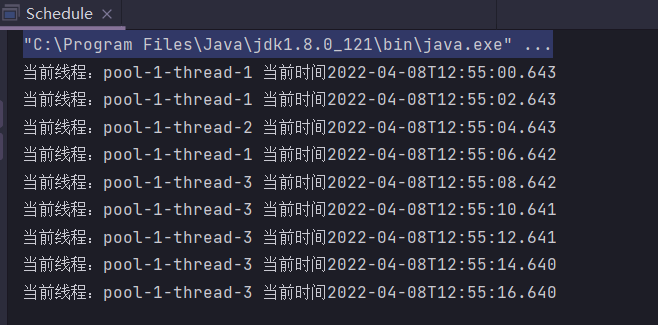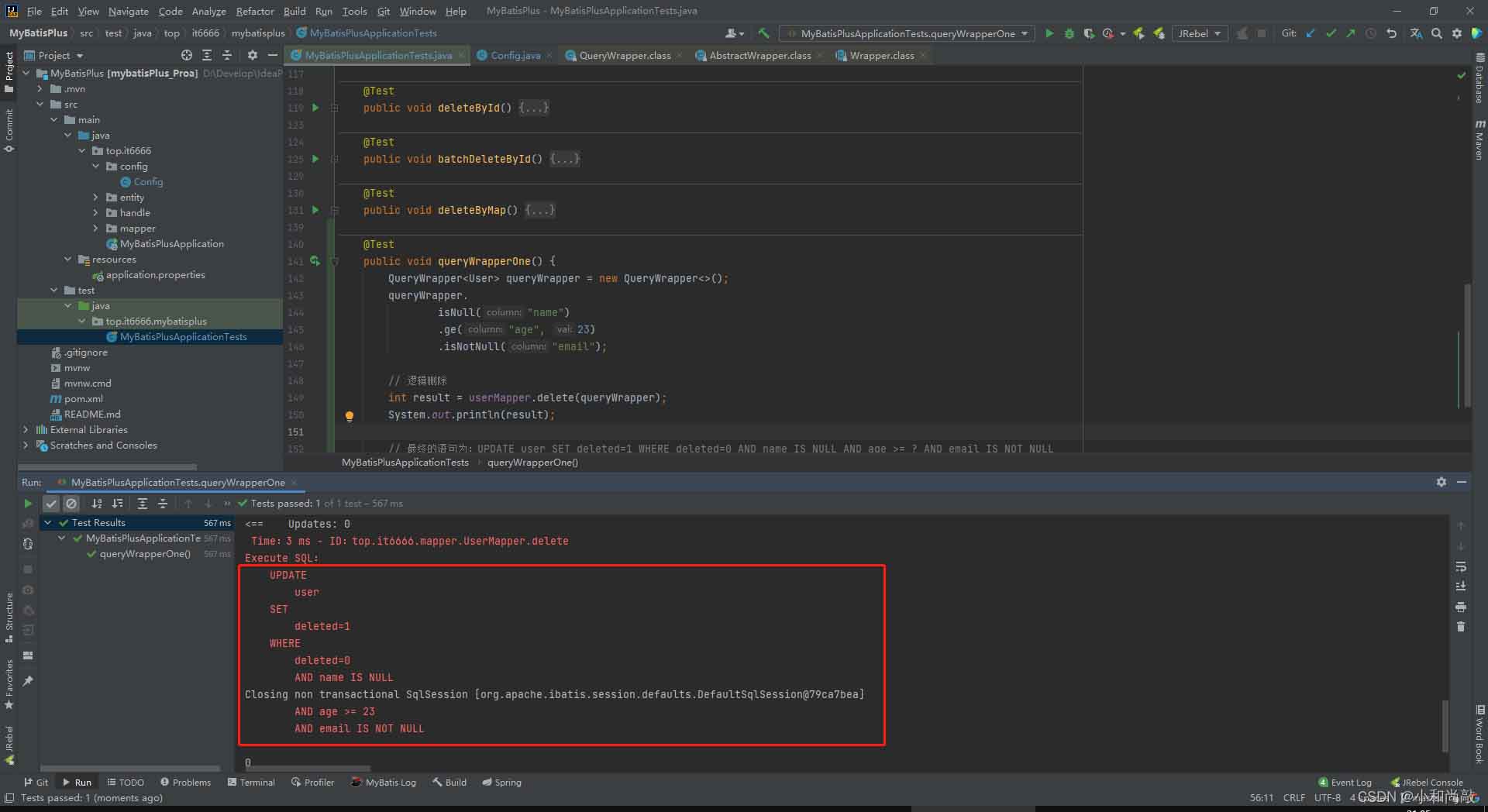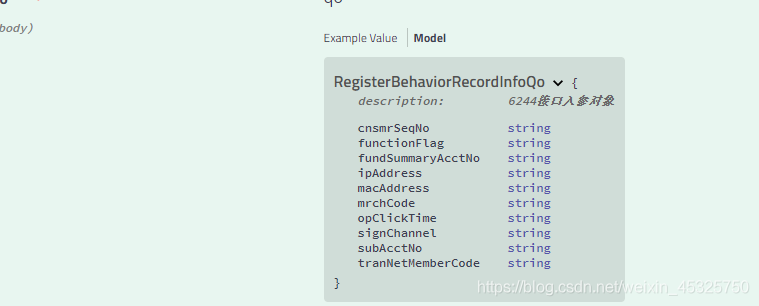这篇文章主要介绍了SpringRedisTemplate批量获取值的2种方式小结,具有很好的参考价值,希望对大家有所帮助。如有错误或未考虑完全的地方,望不吝赐教
Spring RedisTemplate 批量获取值
1、利用mGet
List<String> keys = new ArrayList<>();
//初始keys
List<YourObject> list = this.redisTemplate.opsForValue().multiGet(keys);2、利用PipeLine
List<YourObject> list = this.redisTemplate.executePipelined(new RedisCallback<YourObject>() {
@Override
public YourObject doInRedis(RedisConnection connection) throws DataAccessException {
StringRedisConnection conn = (StringRedisConnection)connection;
for (String key : keys) {
conn.get(key);
}
return null;
}
});其实2者底层都是用到execute方法,multiGet在使用连接是没用到pipeline,一条命令直接传给Redis,Redis返回结果。而executePipelined实际上一条或多条命令,但是共用一个连接。
/**
* Executes the given action object within a connection that can be exposed or not. Additionally, the connection can
* be pipelined. Note the results of the pipeline are discarded (making it suitable for write-only scenarios).
*
* @param <T> return type
* @param action callback object to execute
* @param exposeConnection whether to enforce exposure of the native Redis Connection to callback code
* @param pipeline whether to pipeline or not the connection for the execution
* @return object returned by the action
*/
public <T> T execute(RedisCallback<T> action, boolean exposeConnection, boolean pipeline) {
Assert.isTrue(initialized, "template not initialized; call afterPropertiesSet() before using it");
Assert.notNull(action, "Callback object must not be null");
RedisConnectionFactory factory = getConnectionFactory();
RedisConnection conn = null;
try {
if (enableTransactionSupport) {
// only bind resources in case of potential transaction synchronization
conn = RedisConnectionUtils.bindConnection(factory, enableTransactionSupport);
} else {
conn = RedisConnectionUtils.getConnection(factory);
}
boolean existingConnection = TransactionSynchronizationManager.hasResource(factory);
RedisConnection connToUse = preProcessConnection(conn, existingConnection);
boolean pipelineStatus = connToUse.isPipelined();
if (pipeline && !pipelineStatus) { //开启管道
connToUse.openPipeline();
}
RedisConnection connToExpose = (exposeConnection ? connToUse : createRedisConnectionProxy(connToUse));
T result = action.doInRedis(connToExpose);
if (pipeline && !pipelineStatus) {// 关闭管道
connToUse.closePipeline();
}
// TODO: any other connection processing?
return postProcessResult(result, connToUse, existingConnection);
} finally {
if (!enableTransactionSupport) {
RedisConnectionUtils.releaseConnection(conn, factory);
}
}
}还有一点,就是查询返回的结果,和键的顺序是一一对应的,如果没查到,会返回null值。
Java对Redis的批量操作RedisTemplate
1、背景
需求:一次性获取redis缓存中多个key的value
潜在隐患:循环key,获取value,可能会造成连接池的连接数增多,连接的创建和摧毁,消耗性能
解决方法:根据项目中的缓存数据结构的实际情况,数据结构为string类型的,使用RedisTemplate的multiGet方法;数据结构为hash,使用Pipeline(管道),组合命令,批量操作redis。
2、操作
RedisTemplate的multiGet的操作
- 针对数据结构为String类型
- 示例代码
List<String> keys = new ArrayList<>();
for (Book e : booklist) {
String key = generateKey.getKey(e);
keys.add(key);
}
List<Serializable> resultStr = template.opsForValue().multiGet(keys);此方法还是比较好用,使用者注意封装。
RedisTemplate的Pipeline使用
1)方式一 : 基础方式
- 使用类:StringRedisTemplate
- 使用方法
public executePipelined(RedisCallback<?> action) {...}- 示例代码:批量获取value
List<Object> redisResult = redisTemplate.executePipelined(new RedisCallback<String>() {
@Override
public String doInRedis(RedisConnection redisConnection) throws DataAccessException {
for (BooK e : booklist) {
StringRedisConnection stringRedisConnection =(StringRedisConnection)redisConnection;
stringRedisConnection.get(e.getId());
}
return null;
}
});方法二 : 使用自定义序列化方法
- 使用类:RedisTemplate
- 使用方法
public List<Object> executePipelined(final RedisCallback<?> action, final RedisSerializer<?> resultSerializer) {...}- 示例代码:批量获取hash数据结构value
List<Object> redisResult = redisTemplate.executePipelined(
new RedisCallback<String>() {
// 自定义序列化
RedisSerializer keyS = redisTemplate.getKeySerializer();
@Override
public String doInRedis(RedisConnection redisConnection) throws DataAccessException {
for (BooK e : booklist) {
redisConnection.hGet(keyS.serialize(e.getName()), keyS.serialize(e.getAuthor()));
}
return null;
}
}, redisTemplate.getValueSerializer()); // 自定义序列化3、说明
本文简单的举了关于RedisTemplate的两个例子,但大家千万别以为只是批量取值的时候会用到,PipeLine其实是用来批量发送命令操作Redis。后来用Jedis也进行了实现,见下会分解。
以上为个人经验,希望能给大家一个参考,也希望大家多多支持编程学习网。
本文标题为:Spring RedisTemplate 批量获取值的2种方式小结


基础教程推荐
- Java中EnvironmentAware 接口的作用 2023-01-23
- springboot下使用shiro自定义filter的个人经验分享 2024-02-27
- 是否适合从javabean类更新数据库? 2023-11-04
- JavaWeb 实现验证码功能(demo) 2024-04-14
- Java+mysql实现学籍管理系统 2023-03-16
- 深入理解约瑟夫环的数学优化方法 2024-03-07
- Java编写实现窗体程序显示日历 2023-01-02
- 运用El表达式截取字符串/获取list的长度实例 2023-08-01
- 使用Java和WebSocket实现网页聊天室实例代码 2024-02-25
- JSP 动态树的实现 2023-12-17

















